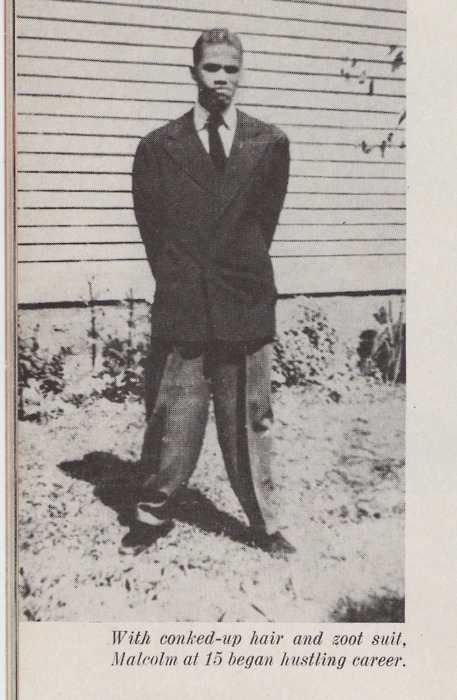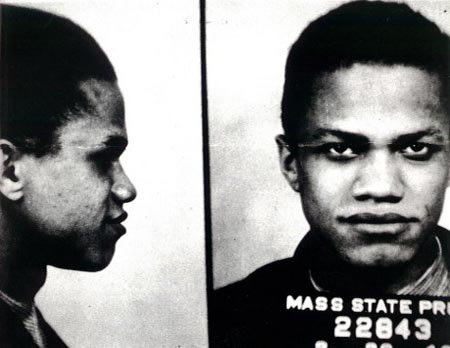Today, Lewis votes as a congressman on the floor of the United States House of Representatives.
Photo: politico.com
In 1940, John Lewis was born in rural Alabama to parents who were sharecroppers, a post-slavery form of forced bondage. Growing up, Lewis had very little contact with white people but he did know that there were two different worlds in the South: white and black. After graduating from high school, Lewis decided that he wanted to attend college.
By this time, the Montgomery Bus Boycott had already taken place and Reverend Martin Luther King, Jr. was a household name associated with civil rights. Lewis wrote to King, informing him that he wanted to attend Troy College but had not heard back from the school, most likely because he was black. By the time King received this letter, Lewis had already started at another school in Nashville, but it put him in touch with King.
Photo: myhero.com
As a student, Lewis became involved in civil rights efforts. He attended workshops in non-violent behavior in the face of violence and he began to organize sit-ins at Nashville lunch counters in order to desegregate them. From these sit-ins, he moved on to the SNCC Freedom Ride of 1961, in which he and other students rode interstate buses to force desegregation. In 1963, Lewis was elected chairman of SNCC.
Photo: readthespirit.com
That same year, Lewis helped to plan the March on Washington and was a keynote speaker, despite his youth. Today, he is the only speaker from the march who is still alive.
Photo: blackpast.org
Between 1961 and 1964, SNCC attempted to register black voters in the rural South but struggled against extreme violence. This led to the Freedom Summer of 1964, an effort to draw national attention to the situation in the South. Even with a number of white students coming to the South to help with voter registration, SNCC struggled with their goal due to violence and Jim Crow laws. To help, Dr. Martin Luther King, Jr. and the SCLC came in 1965 to draw more national attention to the issue.
Photo: jewishcurrents.org
In his lifetime, Lewis has been arrested 45 times: 40 as a civil rights activist and five while he has been a US congressman. Most recently, Congressman Lewis has said that if nothing is done to reform immigration policy, he expects to be arrested again.
Photo: mypraiseatl.hellobeautiful.com
Since the end of the 1960s-era Civil Rights Movement, Lewis has continued the principles of non-violence and is a champion for voter registration, education and volunteer work. In 1977, he was appointed by President Jimmy Carter to head the federal volunteer agency ACTION, which at the time managed VISTA, Volunteers in Service to America.
In 1986, he was elected to represent Georgia's Fifth Congressional District in the US Congress and is still serving today.
In 2011, Lewis received a phone call. The first African American president, Barack Obama, told Lewis that he was to be awarded the highest civilian honor, the Presidential Medal of Freedom, for his work in the Civil Rights Movement.
Photo: cleveland.com
Congressman John Lewis is a living legend and true American hero. I was deeply honored to meet him last week when he spoke in Washington, DC about his new book, March: Book Two. When he signed my book, he shook my hand and I managed to tell him what an honor it was to meet him. He in turn thanked me for my service with AmeriCorps.













































